Related: Kyle Richards and Mauricio Umansky’s Relationship Timeline
Advertisement
Greg Doherty/Bravo; Jerod Harris/FilmMagic
Kyle Richards has started to hint at the future of her marriage to Mauricio Umansky on The Real Housewives of Beverly Hills.
“If there’s no effort, we’re not going to end up together,” Kyle, 55, said at the tail end of the Wednesday, January 31, episode. Her comment, made during a confessional interview, occurred during the teaser for next week’s installment of RHOBH.
Later in the teaser, Kyle could be seen asking Mauricio, 53, where he was “off to right now” after it appeared that he was getting ready to leave. Mauricio replied that he had multiple real estate showings. The trailer then jumped to a conversation between Kyle and Dorit Kemsley.
“He has to say yes to more things because The Agency is expanding so much,” Kyle told Dorit, 47. “If we’re having an issue, why can’t you give that energy that you give to the company?”
Us Weekly confirmed in July 2023 that Kyle and Mauricio had separated after 27 years of marriage. The couple got married in 1996 and share three daughters: Alexia, 27, Sophia, 23, and Portia, 15. Kyle and ex-husband Guraish Aldjufrie also share daughter Farrah, 35. (A source told Us Weekly in November 2023 that Kyle and Mauricio have yet to hire divorce lawyers.)
RHOBH season 13 has been hinting at marital issues between Kyle and Mauricio since its premiere in October 2023. The first episode of the season showed a rather tense moment between the estranged couple as they discussed Kyle’s two new tattoos, putting her total at five.
“Seriously? I only knew of three,” Mauricio said. Kyle responded, “Well, maybe you should be looking at my body closer.”
While Mauricio said that she had “enough” tattoos, Kyle revealed her plans to “get another one.” (She did end up getting another tattoo later on in the season.)
“Five tattoos is a lot,” Mauricio continued. “I will not allow that.”
Kyle also admitted during a November 2023 episode that she was “not happy” in her relationship at the current moment.
“I’m, sort of, now working on myself inside and I feel like he’s very focused on his work. So, I feel like in that aspect we’re kind of growing in different directions,” she shared. “I don’t want to wake up a few years down the road and be like, ‘Who are you? What are we supposed to talk about now?’”
Aside from her marital issues, Kyle has also spoken candidly about the loss of her friend Lorene Shea, who died by suicide in May 2022.
When hosting an event to honor Lorene in an episode that aired earlier this month, Mauricio was absent. Kyle admitted during a confessional interview that she feels like she’s “letting [Lorene] down” with the “hard time” in her relationship.
“Would it have meant something to me if all of a sudden, he showed up at the event for Lorene? Of course, it would have,” she said in a separate episode. “He was close with her also.”
The Real Housewives of Beverly Hills airs on Bravo Wednesdays at 8 p.m. ET.
Greg Doherty/Bravo; Jerod Harris/FilmMagic Kyle Richards has started to hint at the future of her marriage to Mauricio Umansky on The Real Housewives of Beverly Hills. “If there’s no effort, we’re not going to end up together,” Kyle, 55, said at the tail end of the Wednesday, January 31, episode. Her comment, made during a
Us Weekly Read More

Studios almost left this Christmas staple on the cutting‑room floor. Executives initially saw it as a “small” seasonal comedy with limited box‑office upside, and internal budget fights kept the project hovering in limbo around an $18 million price tag.
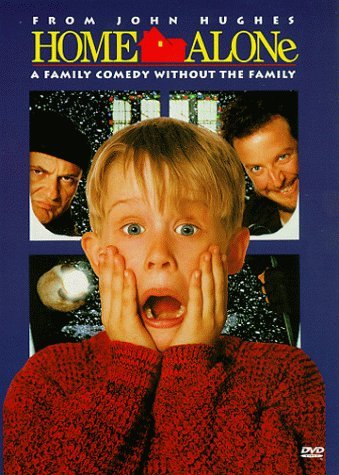
The fear was simple: why spend real money on a kid‑driven holiday film that would vanish from theaters by January?
That cautious logic aged terribly. Once released, the movie exploded past expectations, pulling in roughly $475–$500 million worldwide and camping at the top of the box office for weeks.
That’s a return of more than 25 times its production budget, putting it among the most profitable holiday releases in modern studio history.
What some decision‑makers viewed as disposable seasonal content quietly became a financial engine that still prints money through re‑runs, streaming, and merchandising every December.
The story behind the numbers is part of why fans feel so attached to it. This was not a four‑quadrant superhero bet with guaranteed franchise upside; it was a character‑driven family comedy built on specific jokes, one child star, and a very particular vision of Christmas chaos. The fact that it nearly got shelved—and then turned into a half‑billion global phenomenon—makes every rewatch feel like a win against studio risk‑aversion.
When you press play each year, you are not just revisiting nostalgia; you are revisiting the rare moment when a “small” movie out‑performed the system that almost killed it.
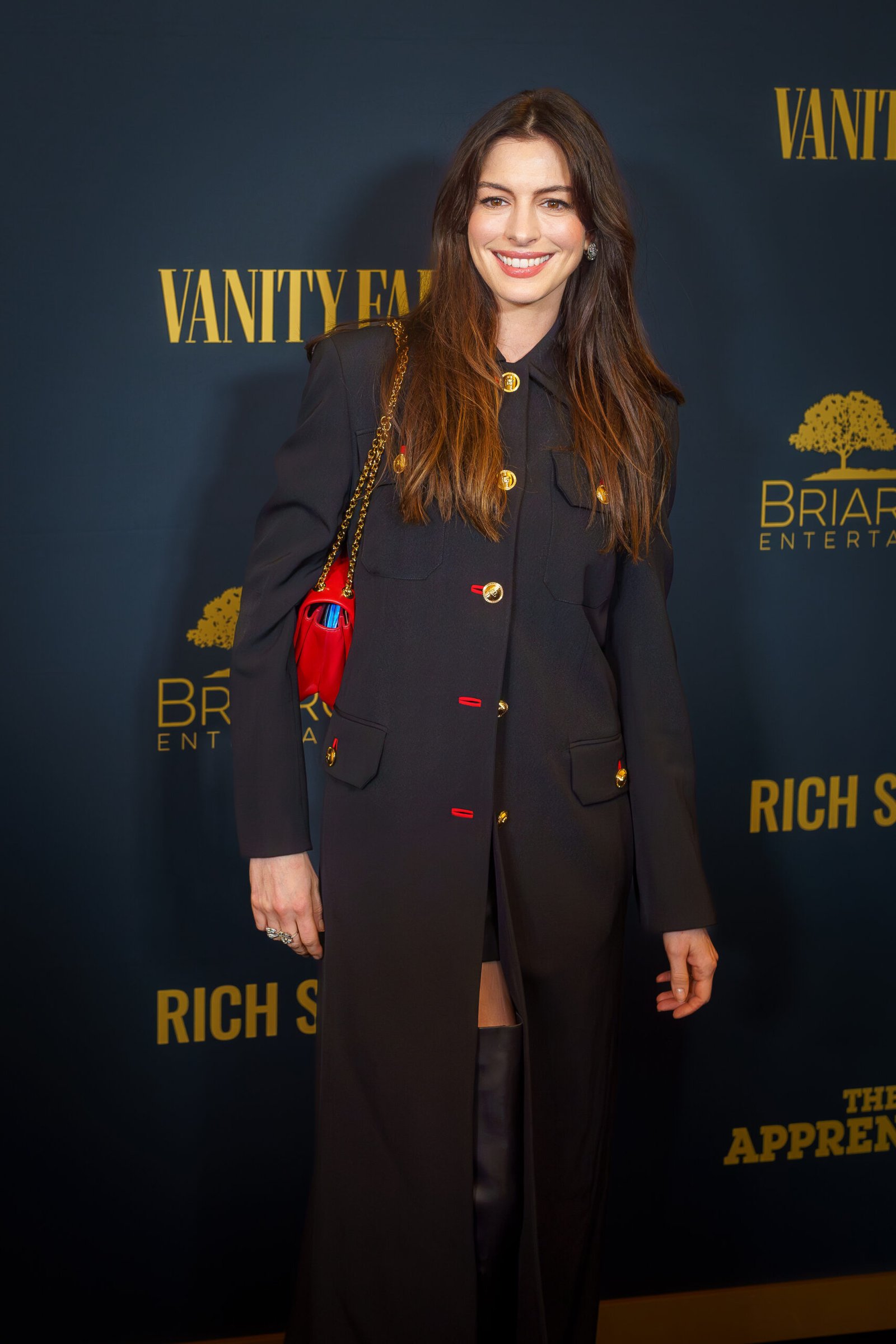
Anne Hathaway has quietly confirmed that 2026 is going to be her year, and she did it in the most Anne way possible: with a soft-launch in her Instagram bio.
Instead of a traditional studio announcement, the Oscar-winning actor updated her profile text with a simple list of titles and dates, effectively revealing a four-film run that reads like a mini festival of her work spread across the year.
For fans, the bio now doubles as a watchlist, mapping out exactly when they will see her next on the big screen.
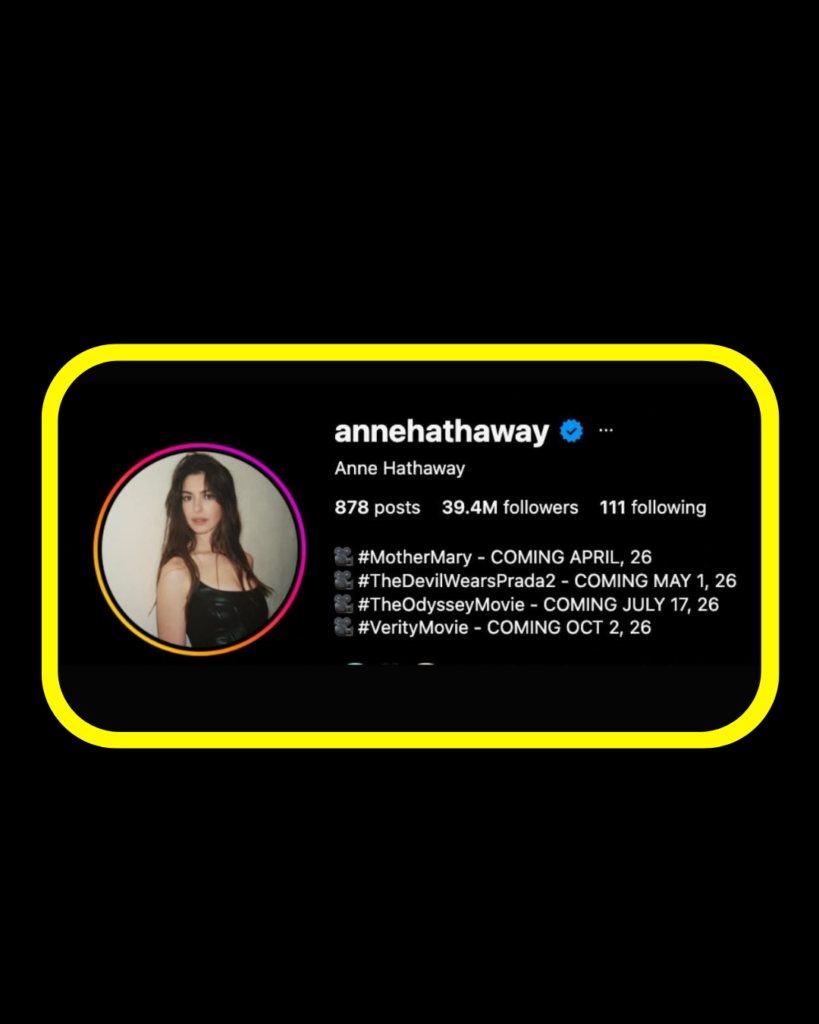
According to the update, Hathaway will kick off 2026 with “Mother Mary,” slated for an April release. The film, backed by A24, casts her as a fictional pop star in a psychological, music‑driven drama that has already started building buzz through early trailer drops and stills. Positioned in the spring, it sets the tone for a year where Hathaway leans hard into challenging, high‑concept material while still anchoring major studio projects.
Just weeks later, she pivots from pop icon to fashion-world nostalgia with “The Devil Wears Prada 2,” now dated for May 1, 2026. The sequel brings her back as Andy Sachs, returning to the universe that helped define her mid‑2000s stardom and remains a staple in meme culture and rewatches. For millennials who grew up quoting the original, the firm release date signals that the long-rumored follow‑up is no longer hypothetical—it’s locked in, with Hathaway front and center.
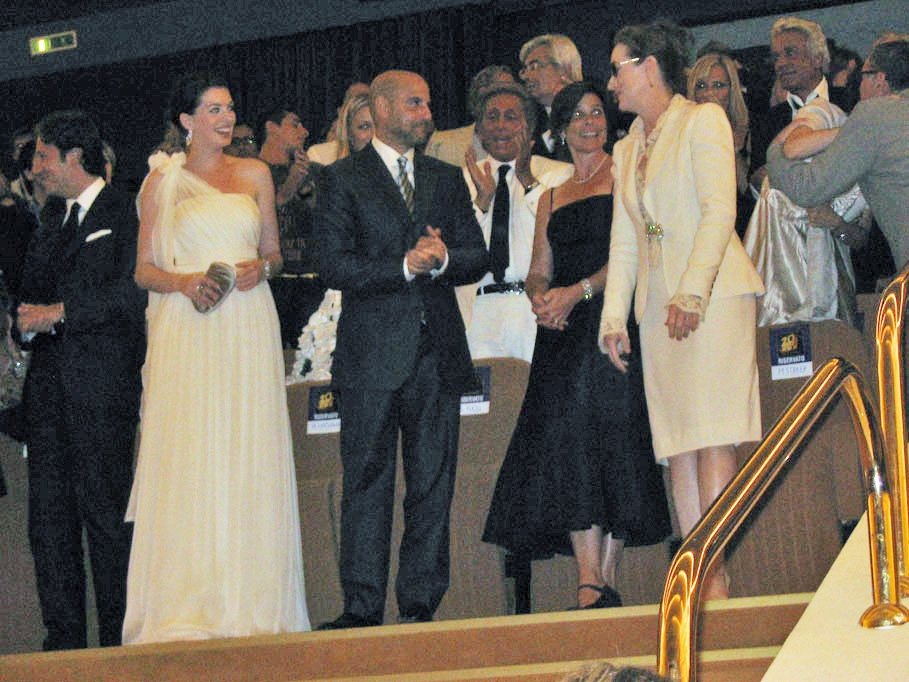
Summer belongs to “The Odyssey,” marked for July 17, 2026. Billed as an ambitious, big‑screen reimagining of the classic tale, the project reunites Hathaway with large‑scale, auteur‑driven filmmaking and promises mythic stakes, prestige casting, and blockbuster spectacle. Its prime July slot suggests confidence from the studio and positions Hathaway as a key face of the 2026 summer season, not just a supporting player in someone else’s tentpole.
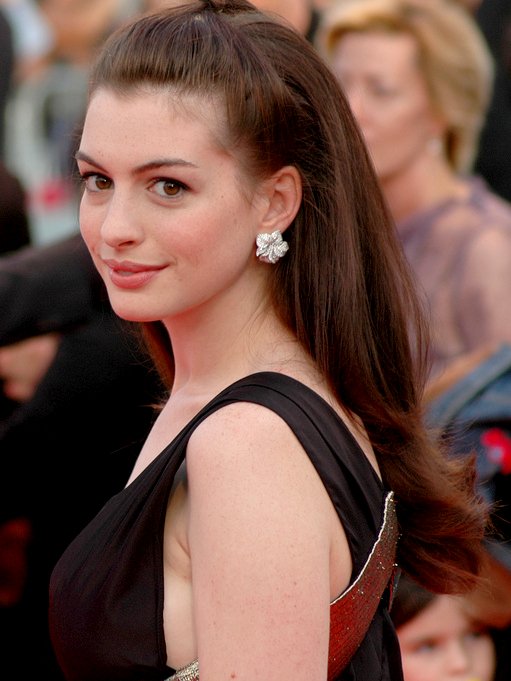
Finally, Hathaway’s bio points to “Verity,” arriving October 2, 2026, rounding out the year with a dark, suspense‑driven turn. Adapted from a hit thriller novel, the film casts her in a psychologically intense role that leans into obsession, secrets, and unreliable narratives—terrain that plays to her ability to toggle between vulnerability and menace in a single scene. Coming at the start of awards season, “Verity” also gives her a potential late‑year prestige vehicle after a run of crowd‑pleasing releases.
What makes this reveal so striking is the casualness of it. In one short line, Hathaway essentially published a studio slate: four movies, four distinct genres, and a timeline that keeps her on screens from spring through fall. For Hollywood, it underlines her staying power as a true marquee name; for fans, it’s an invitation to mark their calendars and prepare for a year where Anne Hathaway isn’t just part of the conversation—she is the conversation.

Authorities in Colombia say Karen Julieth Ojeda Rodríguez, 23, known as “La Muñeca” (“The Doll”), was arrested in early December on allegations she coordinated contract killings for the Los de la M gang and helped set up the murder of her ex-boyfriend in July. Police reported seizing a 9mm pistol and a revolver during the operation and are testing the weapons against recent homicides in Barrancabermeja, a city battered by drug-war killings this year.

Investigators describe Ojeda Rodríguez as a youthful face with a senior role: not a trigger-puller, but a coordinator who relayed orders to sicarios, managed target selection, and handled logistics for a network tied to drug trafficking and extortion in Santander. They say she rose quickly within Los de la M, operating in hot spots like Barrancabermeja and Piedecuesta, where rivalries over territory and revenue have fueled violence.
Prosecutors allege she lured her ex-boyfriend, Deyvy Jesús García Palomino (“Orejas”), to a rural meeting on July 23 under the guise of settling a money dispute. When he arrived, two shooters on a motorcycle attacked at close range; he later died at the hospital. Investigators point to recovered messages to argue the meetup was a setup arranged in advance, and they claim she and an accomplice received roughly 4 million pesos—about $1,000—for the hit.
Police announced her capture following a targeted early-December sweep, framing it as a blow to Los de la M’s homicide pipeline.
Alongside Ojeda Rodríguez, officers detained an alleged accomplice known as “Gorda Sicaria” who purportedly passed orders to gunmen, and a man identified as “Leopoldo.”
Forensic tests on the seized weapons aim to link the guns to crime scenes amid a year marked by more than a hundred killings in Barrancabermeja, according to media cited by authorities.

The contrast between the “Doll” moniker and the accusations of top-level murder coordination has fueled global attention, while the intimate ex-partner setup adds a personal dimension to an already combustible gang narrative. Authorities caution that ballistic and judicial proceedings are ongoing, but they characterize the arrests as a significant hit to a group blamed for a wave of killings in the region.
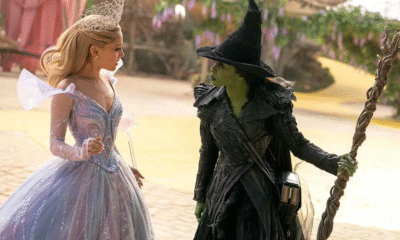

Wicked Sequel Disappoints Fans: Audience Verdict on For Good


After Party: Festival Winner for Best Romantic Short


Camp Wackapoo – Rise of Glog Takes Center Stage
Yolanda Adams Questions Traditional Views on God’s Gender, Audience Reacts


Francisco Ramos Takes Top Mockumentary Award at Houston Comedy Film Festival


Trump’s $2,000 Tariff Dividend Plan: Who Gets Paid?
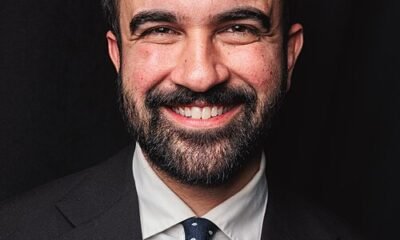

Mamdani’s Victory Triggers Nationwide Concern Over New York’s Future


Why China’s 2-Minute Micro Dramas Are Poised To Take Over The U.S.